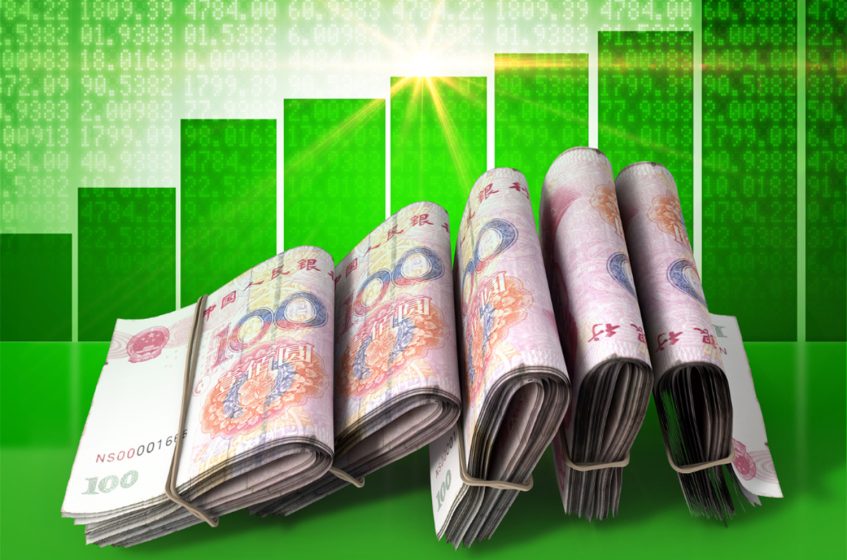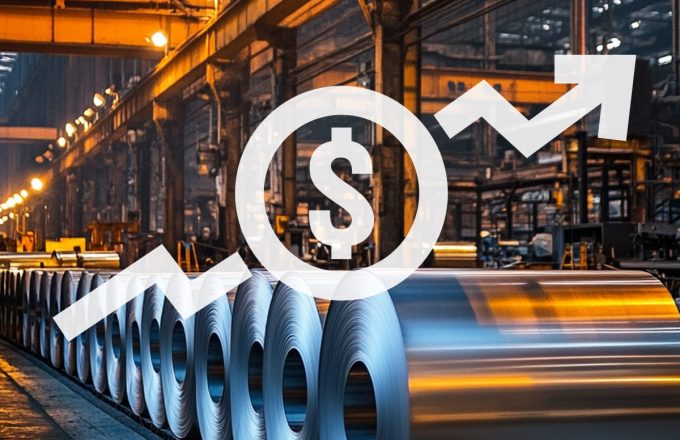
China’s A-share Market Embraces the Trend of Paying Cash Dividend
A-Share listed companies in the Mainland have recently announced the annual results and profit distribution schedules of the previous year. According to statistics of the China Association of Public Companies, as of 2 May 2024, there were 3,859 listed companies planning to distribute cash dividends amounting to RMB2.24 trillion in 2023, representing a 5.16% growth over 2022. This can be largely attributed to the policy guidance provided by the China Securities Regulatory Commission (CSRC). The analysis below gives a clear overview of cash-dividend distribution by A-Share listed companies.
Incentives for distributing dividends
As a profit-making tool, stocks create benefits for investors when a company’s stock price goes up or when a company pays dividends. In a mature stock market, many listed companies distribute cash dividends on an interim or even quarterly basis, providing investors with regular income and boosting their confidence. On the other hand, through the distribution of dividends, companies return cash beyond their investment needs to shareholders, thus avoiding the waste of free cash flow due to inefficient empire building. As a result, the problem of management agency can be mitigated (see Note 1).
Investors usually expect the company they invest in to gradually increase its cash payouts. That is why a cash-dividend distribution policy, once implemented, is regarded as a long-term commitment. Any arbitrary reduction or suspension of cash dividends could trigger investors’ massive sell-off of the company’s stock because of concerns about its future, causing the stock price to plummet.
Given investors’ uncompromising expectation of cash dividends, company management tend to adopt a more conservative cash-dividend strategy. This also explains why corporate payout ratio and dividend per share have remained consistent with minimal change within a short period, e.g. two consecutive years. Stability of this nature is known as “dividend stickiness”. On the contrary, should company management significantly raise or lower dividends all of a sudden, it would inevitably signify to the market that they either have great confidence in or are deeply worried about the company’s future development.
Our research study illustrates that long-term dividend-paying companies in the A-Share market have also registered remarkable stock price performance. Over the period from 2008 to 2023, there were 17 listed companies in the market offering cash dividends on a regular basis. The buy-and-hold return excluding cash dividends between 2009 and 2023 was found to have outperformed that of the Shanghai Stock Exchange Composite Index while the excess stock return calculated by the geometric mean was at 6.1% per annum. This goes to show that listed companies able to sustain stable cash-dividend distributions can offer investors handsome capital appreciation even in the secondary market.
For this reason, dividend-to-profit ratio, dividend yield per share (calculated as cash dividend per share divided by share price), and the stability of these indicators are crucial factors for investors when selecting stocks to invest in.
Dividend distribution trend yet to be set
Despite the importance of cash payouts to investors and investor-centred listed companies, regular distribution of dividends is not traditionally common among A-Share listed companies. This phenomenon can mainly be put down to the difficulty of initial public offering (IPO) and seasoned equity offering (SEO), both being subject to approval by the CSRC in a relatively complex process. According to data of East Money, the refinancing scale of A Shares in 2023 shrank by 25% year on year while directed share issues in 2023 hit a new decade low.
Furthermore, widely-held listed companies in the US markets are generally disinclined to issue new shares to avoid diluting the voting rights of major shareholders. The concentrated shareholding structure among listed A-Share companies, however, is characterized by a higher percentage of ownership in the hands of major shareholders. Hence the dilution of voting rights by new shares is less of a concern. Broadly speaking, listed companies tend not to distribute their hard-earned cash as dividends and would prioritize allocating the cash for business operations and investment purposes. As mentioned above, based on the statistics of our study, there are currently only 17 A-Share listed companies that have offered regular cash dividends in the past 16 years.
Apart from distributing cash dividends, listed companies can opt to pay cash to participating investors by repurchasing their stock shares in the market (see Note 2). A buyback of shares is usually conducted when a company’s stock price is low so as to signify to the market that its value is underestimated and to boost the company’s stock price. Since investors do not expect listed companies to carry out buybacks on a regular basis, the companies have great flexibility to choose if and when to buy back shares. Besides, a buyback of shares is conducive to reducing issued share capital and to increasing profit per share and the potential share valuation.
Under the existing taxation arrangements, investors who make a profit in the A-Share market are exempted from capital gains tax. In terms of taxation, a buyback of shares is thus theoretically preferable to cash dividends. That said, buybacks in the A-Share market have only debuted in recent years and the overall scale of transactions in the Mainland market is not large. On the other hand, given the benefits of buybacks, a growing number of listed companies in the US prefer it to cash dividends. Based on our research, America’s buyback magnitude surpassed cash-dividend magnitude for the first time in 1998 and has consistently exceeded it since 2010.
Recent trend of cash payouts
Our study also reveals that, during the past three years, more and more A-Share listed companies have been distributing dividends, totalling 3,294, 3,446, and 3,859 respectively, representing respectively 70.4%, 67.8%, and 72.4% of listed companies in the same period. The dividend magnitude of A-Share companies that simultaneously issue H shares listed on the Hong Kong Stock Exchange (SEHK) was 83.2% and 81.2% in 2021 and 2022 respectively.
In terms of dividend per share and dividend yield, the average pre-tax dividend per share among A-Share listed companies over the past three years was RMB0.31, RMB0.32, and RMB0.3 respectively. Meanwhile, the average dividend yield among these listed companies was 2.2%, 2.03%, and 1.82% respectively. Since new initiators tend to adopt a more conservative dividend policy, the average dividend distribution level in the market would normally experience a slight dip as more companies start making cash payouts. As for A-Share companies that also issue H Shares listed on the SEHK, the average pre-tax dividend per share for 2021 and 2022 was RMB0.438 and RMB0.516 respectively. Meanwhile, the average dividend yield among these listed companies for the same two years was 3.02% and 2.96% respectively.
All in all, both the number and proportion of A-Share listed companies that distribute cash dividends are showing a rising trend, gradually cultivating an atmosphere conducive to cash payouts. Compared with A-Share companies, H-Share companies provide investors with higher pre-tax dividend yields.
Note 1: Jensen, Michael C. “Agency costs of free cash flow, corporate finance, and takeovers.” The American Economic Review 76, no. 2 (1986): 323-329.
Note 2: Listed companies may also distribute one-off cash dividends or stock dividends (bonus shares). Since bonus shares do not involve cash payouts, they serve the same purpose as share splits. In addition, companies may sometimes issue alternative dividends in lieu of cash payouts. For example, at the end of 2021, a listed company in Hong Kong issued dividends through shares it held in another company.
By Professor Hong Zou and Mr Zike Shen
26 June 2024







